Sinking the Mohawk

Mohawk Artificial Reef [Photo Gallery]
Mohawk Wreck New Artificial Reef for Scuba Divers in Southwest Florida
Lee Reefs
The Mohawk Veterans Memorial Reef is set to be deployed in 90 feet of water off Sanibel Island, Florida to honor veterans, as well as enhance the recreational fishing and diving experience of visitors and residents of Lee County. The 165-foot long ex-United States Coast Guard Cutter Mohawk is a beautiful example of the pre-World War II ship builder’s art. The expression, “They don’t make ‘em like that anymore,” certainly applies here. The ship will be deployed in her very uncommon WWII camouflage color scheme, and unlike other artificial reefs, guns, depth charges and a lifeboat have been reinstalled on her decks so that when the “Mighty Mo” sails out for final duty, she'll go in fighting trim, and as a world-class diving experience and a photographer’s dream. (Check out this cool interactive graphic on the Mighty Mo from the Fort Myers News Press.)
The waters of the Gulf of Mexico adjacent to Southwest Florida are quite shallow. This being the case, it rules out the deployment of a mammoth shipwreck like Florida’s other now world-famous wrecks, the Oriskany, Vandenberg and Spiegel Grove, among others. A ship of that size would need to be sunk 50 to 70 miles out to maintain proper navigational clearances, making it very difficult to access. To bring an absolutely premier diving experience to Southwest Florida, a very special ship was required.
The ex-USCGC Mohawk was built in Wilmington, Delaware, in 1934 as an icebreaker (this also makes her quite a sturdy reefing candidate). During World War II, the tough little ship served well and proudly in the Greenland Patrol, where she protected vital allied shipping throughout the war. Other highlights of her war career include fighting in 14 U-Boat engagements and rescuing hundreds of allied sailors who had been torpedoed from the frozen North Atlantic. She is credited with being the last ship to radio weather information to General Eisenhower before he green-lighted the D-Day invasion. After the war, the Mohawk was converted from steam power to diesel and functioned variously as a lightship, University of Delaware research vessel and Delaware Bay Pilot Boat. She wound up languishing in a New York scrap yard, destined to become razor blades, but was rescued 15 years ago by a determined group of people known as the Miami-Dade Maritime Museum, towed to Miami and converted to a museum. In 2006, the museum was moved to Key West, Florida, and kept afloat Captain Bill Verge, who often spent much of his own money to keep the museum afloat. Last year, with the Mohawk badly in need of expensive repairs and no funding forthcoming, the decision was made to turn it into an artificial reef.
Mohawk’s final duty as artificial reef honoring veterans and providing Southwest Florida’s newest and most compelling diving and fishing attraction should last 70 to 100 years. The wreck will stand approximately 60 feet off the bottom in profile with not only the aforementioned guns providing structure, but also a huge smokestack, crow’s nest, bridge and deckhouse. Properly trained and equipped (only!) divers will be able to descend all of the way down the smoke stack and into the massive engine room, where they will encounter the giant diesel, cleaned in place with her inner parts exposed, and her awesome reduction gear, uncovered, cleaned and photo ready. If this isn’t the best reason ever to get wreck trained I, don’t know what is. The huge propeller is another Kodak moment. If other shipwrecks in the area are any indicator, goliath grouper should crowd the Mohawk as she rests on the bottom. These will provide for a truly pulse-pounding big animal encounter in an unrivalled setting.
The diving experience on the Mohawk has been designed by Reefmakers to be different. All divers are trained not to exceed the limits of training, equipment and experience. That said, many artificial reefs have been created using ships that were once proud, beautiful vessels. The reefing process, sometimes nothing more than a scrapping effort, has often turned these vessels into something unrecognizable and soulless that falls apart the first time the wind blows and seas become a little rough. With the Mohawk Veterans Memorial Reef, special care has been taken to preserve the natural beauty and dignity of the vessel. While just about any structure will attract and hold life in the marine environment, it takes a special kind of structure to consistently attract and hold divers’ interest. On the Mohawk, the quality of the reef itself and the experience of diving it, one-of-a-kind photographic opportunities and animal interaction are the primary considerations. Putting these considerations first has been demonstrated to create the most successful reefs.
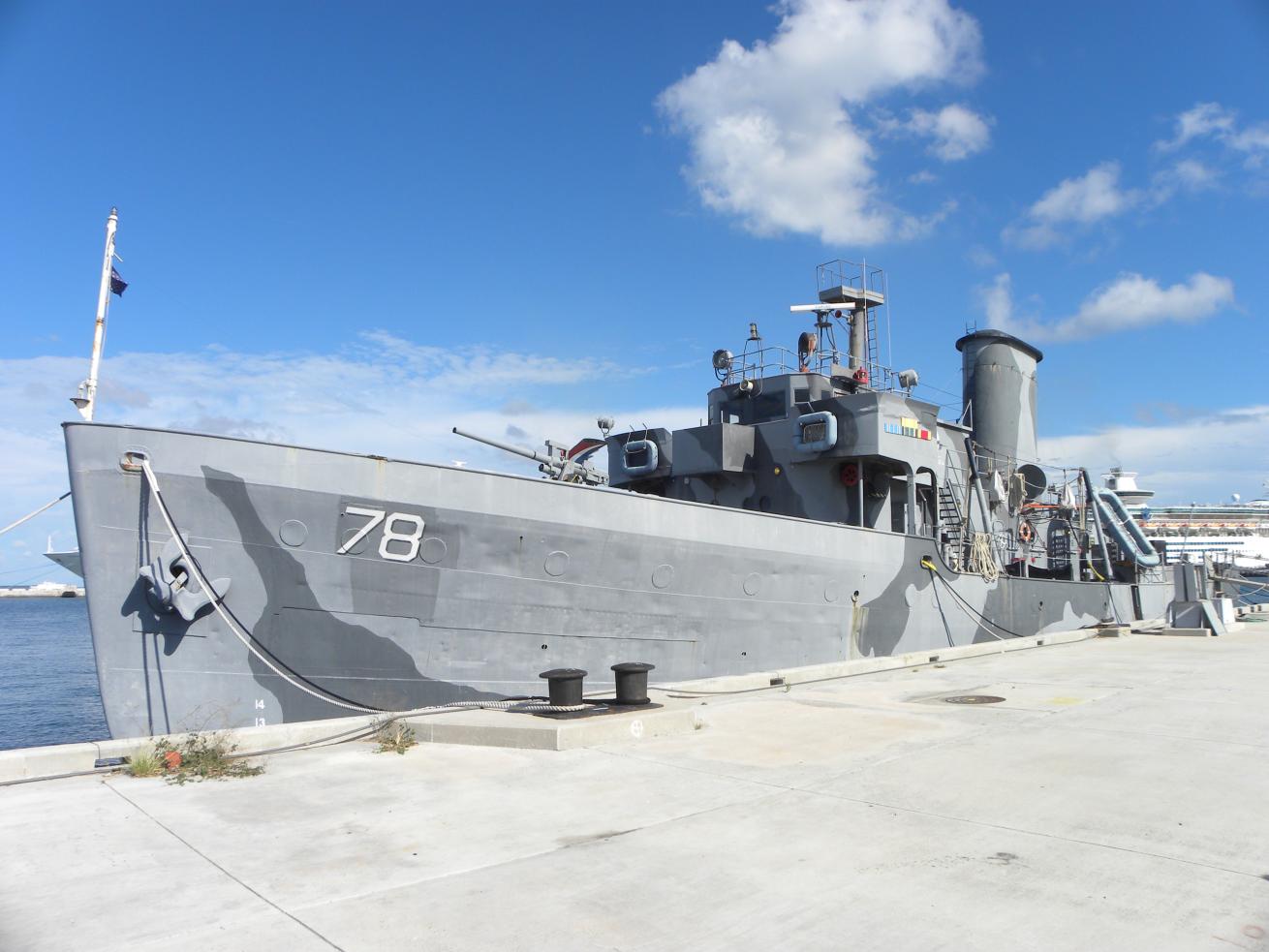
Lee ReefsMohawk Wreck New Artificial Reef for Scuba Divers in Southwest Florida
The Mohawk Veterans Memorial Reef is set to be deployed in 90 feet of water off Sanibel Island, Florida to honor veterans, as well as enhance the recreational fishing and diving experience of visitors and residents of Lee County. The 165-foot long ex-United States Coast Guard Cutter Mohawk is a beautiful example of the pre-World War II ship builder’s art. The expression, “They don’t make ‘em like that anymore,” certainly applies here. The ship will be deployed in her very uncommon WWII camouflage color scheme, and unlike other artificial reefs, guns, depth charges and a lifeboat have been reinstalled on her decks so that when the “Mighty Mo” sails out for final duty, she'll go in fighting trim, and as a world-class diving experience and a photographer’s dream. (Check out this cool interactive graphic on the Mighty Mo from the Fort Myers News Press.)
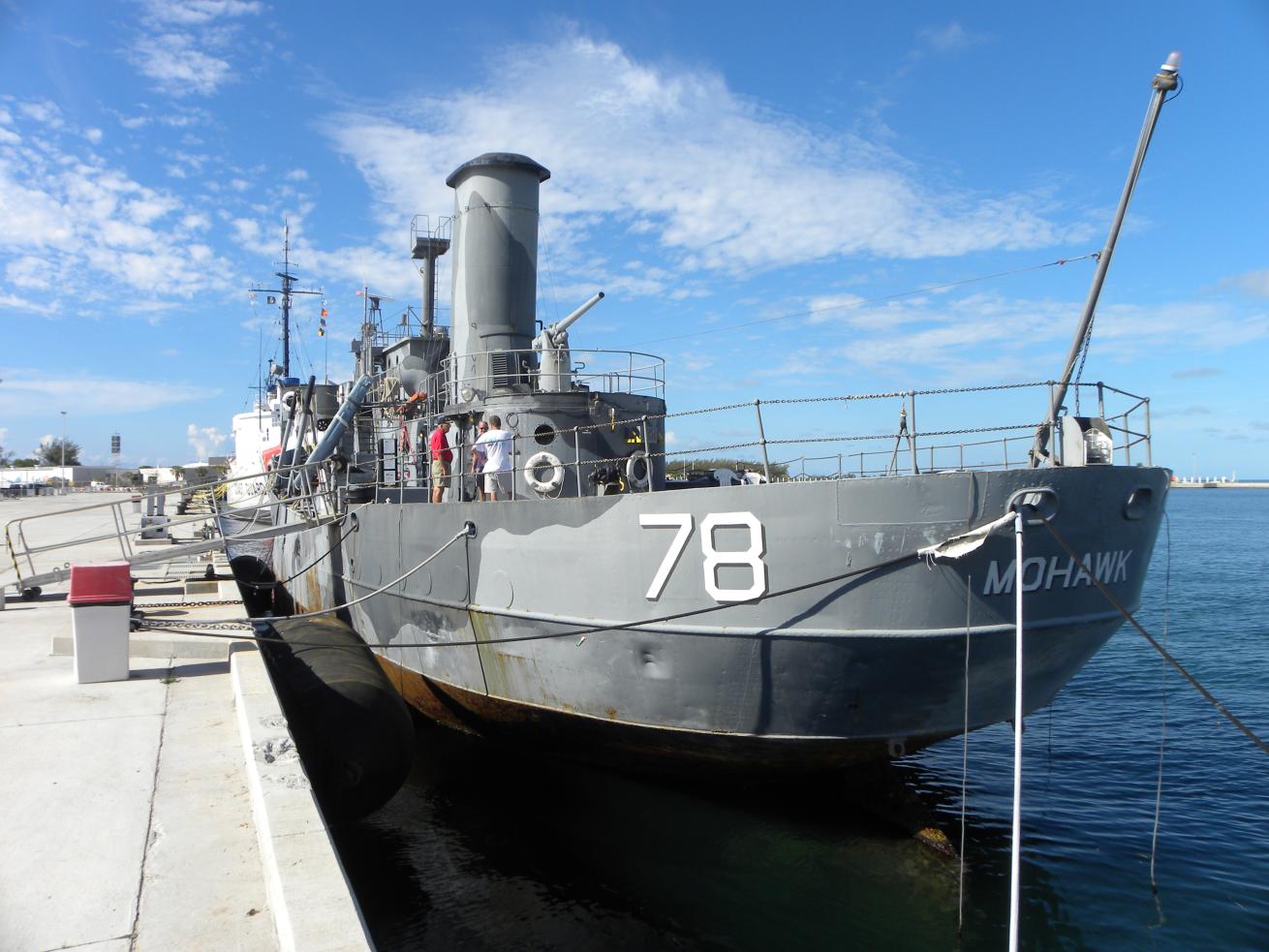
Lee Reefs
The waters of the Gulf of Mexico adjacent to Southwest Florida are quite shallow. This being the case, it rules out the deployment of a mammoth shipwreck like Florida’s other now world-famous wrecks, the Oriskany, Vandenberg and Spiegel Grove, among others. A ship of that size would need to be sunk 50 to 70 miles out to maintain proper navigational clearances, making it very difficult to access. To bring an absolutely premier diving experience to Southwest Florida, a very special ship was required.
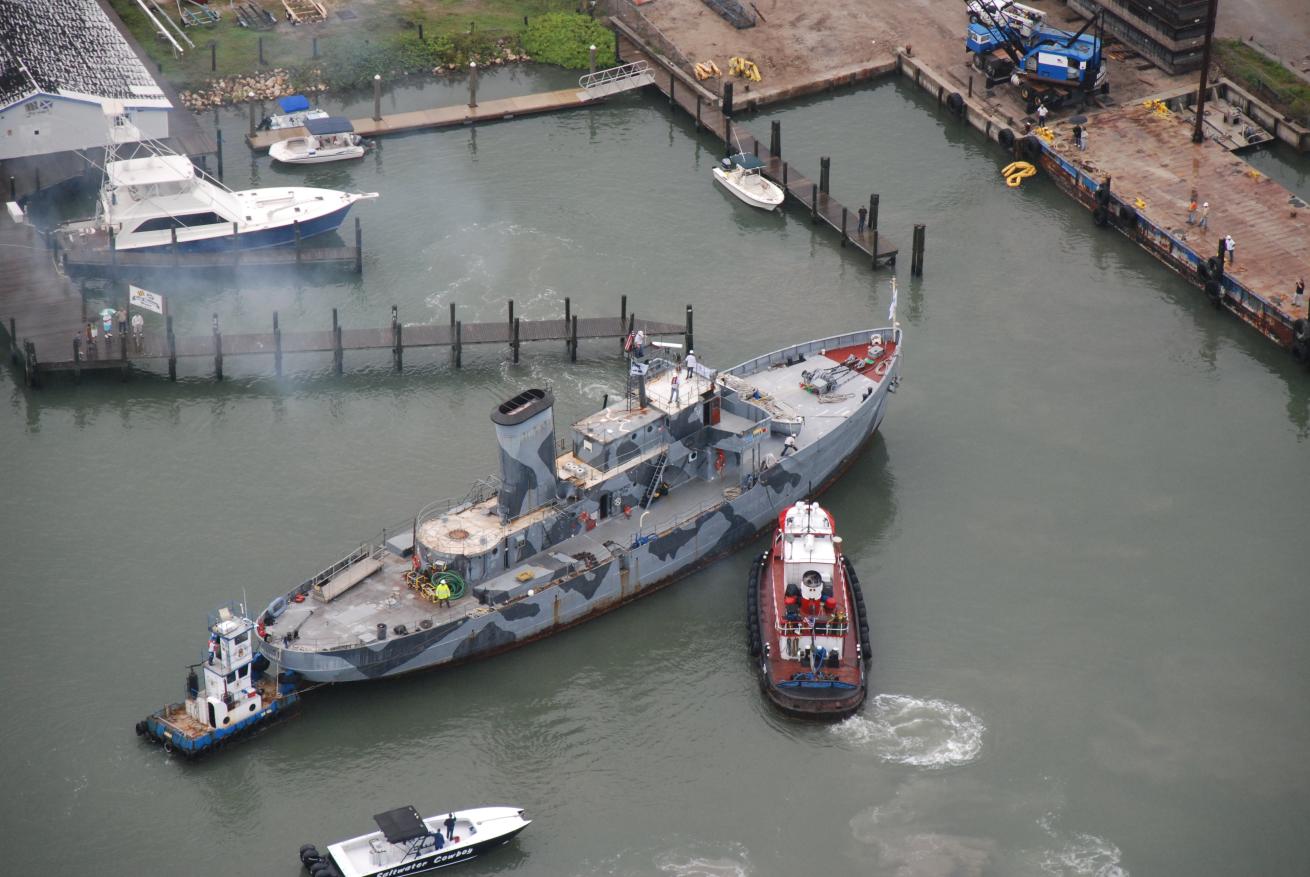
Lee Reefs
The ex-USCGC Mohawk was built in Wilmington, Delaware, in 1934 as an icebreaker (this also makes her quite a sturdy reefing candidate). During World War II, the tough little ship served well and proudly in the Greenland Patrol, where she protected vital allied shipping throughout the war. Other highlights of her war career include fighting in 14 U-Boat engagements and rescuing hundreds of allied sailors who had been torpedoed from the frozen North Atlantic. She is credited with being the last ship to radio weather information to General Eisenhower before he green-lighted the D-Day invasion. After the war, the Mohawk was converted from steam power to diesel and functioned variously as a lightship, University of Delaware research vessel and Delaware Bay Pilot Boat. She wound up languishing in a New York scrap yard, destined to become razor blades, but was rescued 15 years ago by a determined group of people known as the Miami-Dade Maritime Museum, towed to Miami and converted to a museum. In 2006, the museum was moved to Key West, Florida, and kept afloat Captain Bill Verge, who often spent much of his own money to keep the museum afloat. Last year, with the Mohawk badly in need of expensive repairs and no funding forthcoming, the decision was made to turn it into an artificial reef.
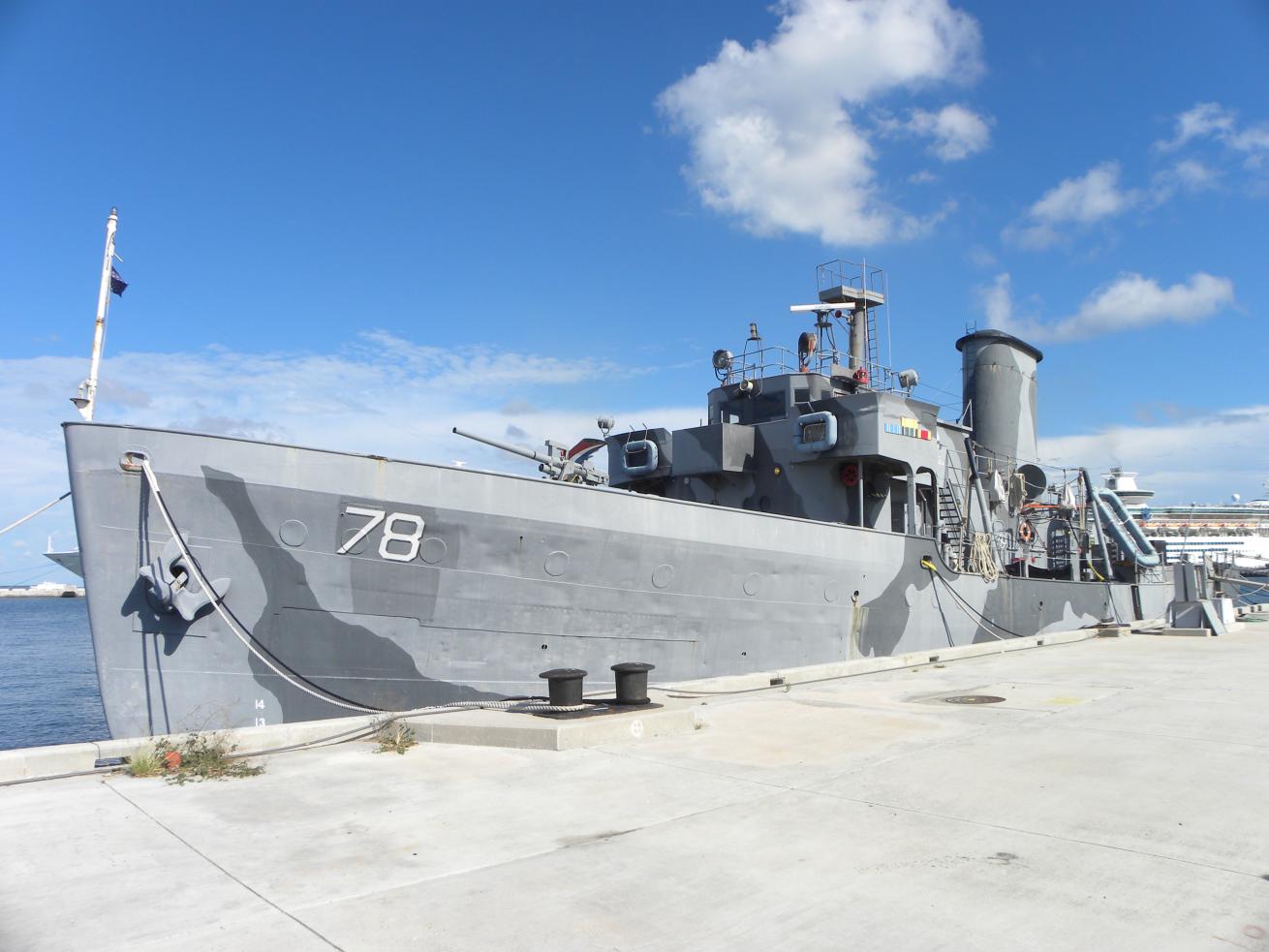
Lee Reefs
Mohawk’s final duty as artificial reef honoring veterans and providing Southwest Florida’s newest and most compelling diving and fishing attraction should last 70 to 100 years. The wreck will stand approximately 60 feet off the bottom in profile with not only the aforementioned guns providing structure, but also a huge smokestack, crow’s nest, bridge and deckhouse. Properly trained and equipped (only!) divers will be able to descend all of the way down the smoke stack and into the massive engine room, where they will encounter the giant diesel, cleaned in place with her inner parts exposed, and her awesome reduction gear, uncovered, cleaned and photo ready. If this isn’t the best reason ever to get wreck trained I, don’t know what is. The huge propeller is another Kodak moment. If other shipwrecks in the area are any indicator, goliath grouper should crowd the Mohawk as she rests on the bottom. These will provide for a truly pulse-pounding big animal encounter in an unrivalled setting.
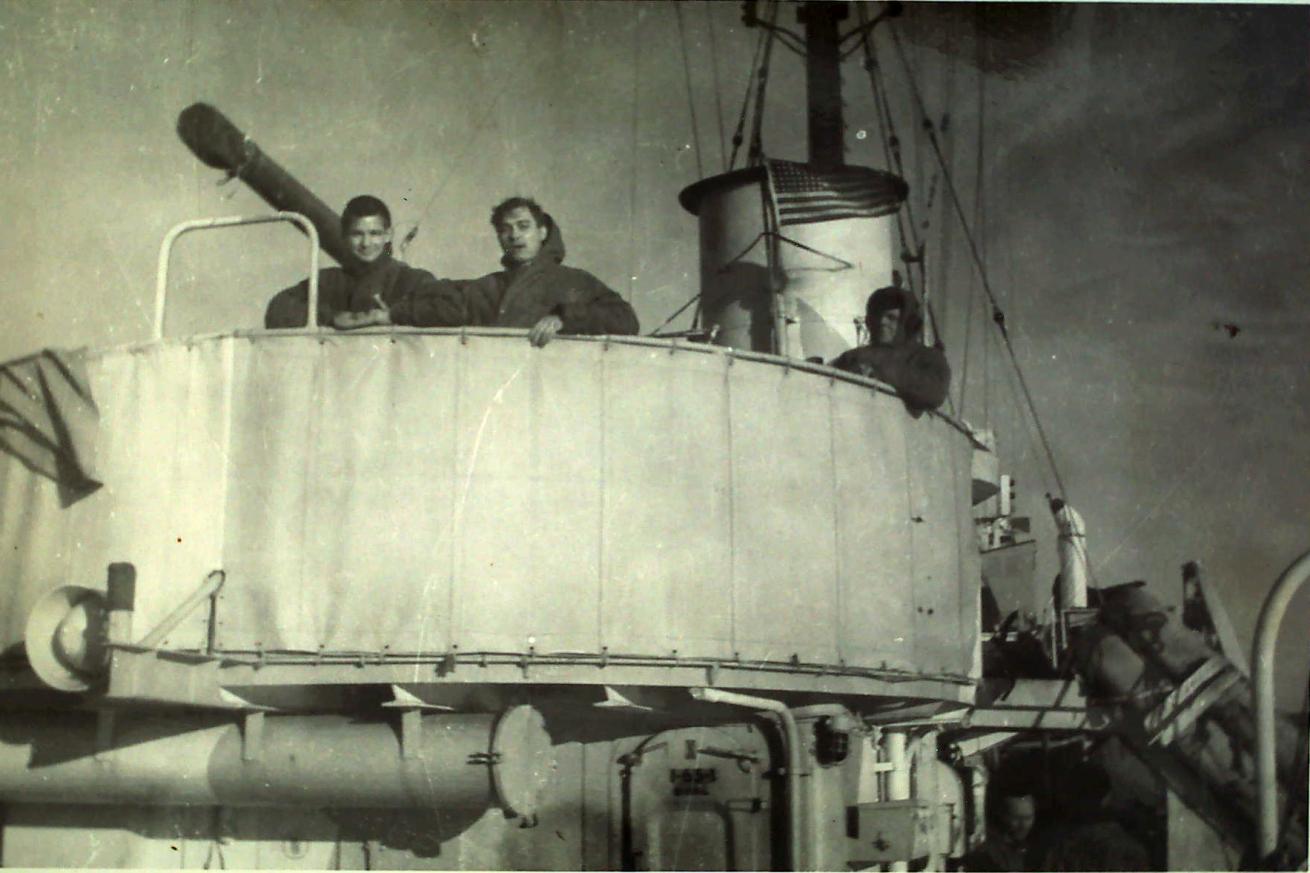
Lee Reefs
The diving experience on the Mohawk has been designed by Reefmakers to be different. All divers are trained not to exceed the limits of training, equipment and experience. That said, many artificial reefs have been created using ships that were once proud, beautiful vessels. The reefing process, sometimes nothing more than a scrapping effort, has often turned these vessels into something unrecognizable and soulless that falls apart the first time the wind blows and seas become a little rough. With the Mohawk Veterans Memorial Reef, special care has been taken to preserve the natural beauty and dignity of the vessel. While just about any structure will attract and hold life in the marine environment, it takes a special kind of structure to consistently attract and hold divers’ interest. On the Mohawk, the quality of the reef itself and the experience of diving it, one-of-a-kind photographic opportunities and animal interaction are the primary considerations. Putting these considerations first has been demonstrated to create the most successful reefs.

Lee Reefs










